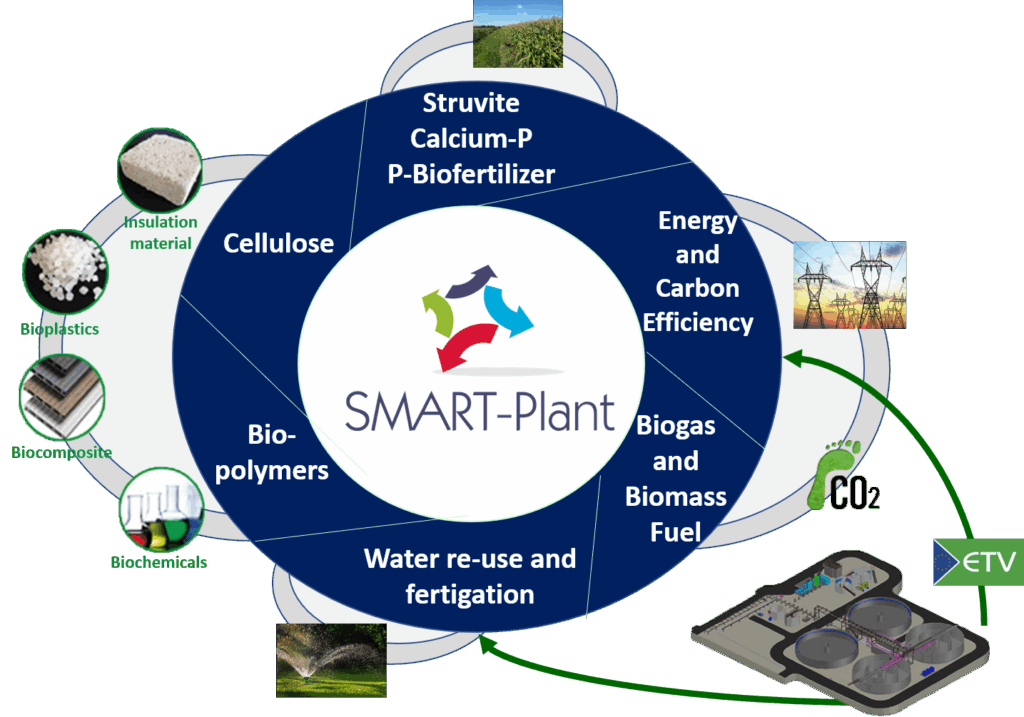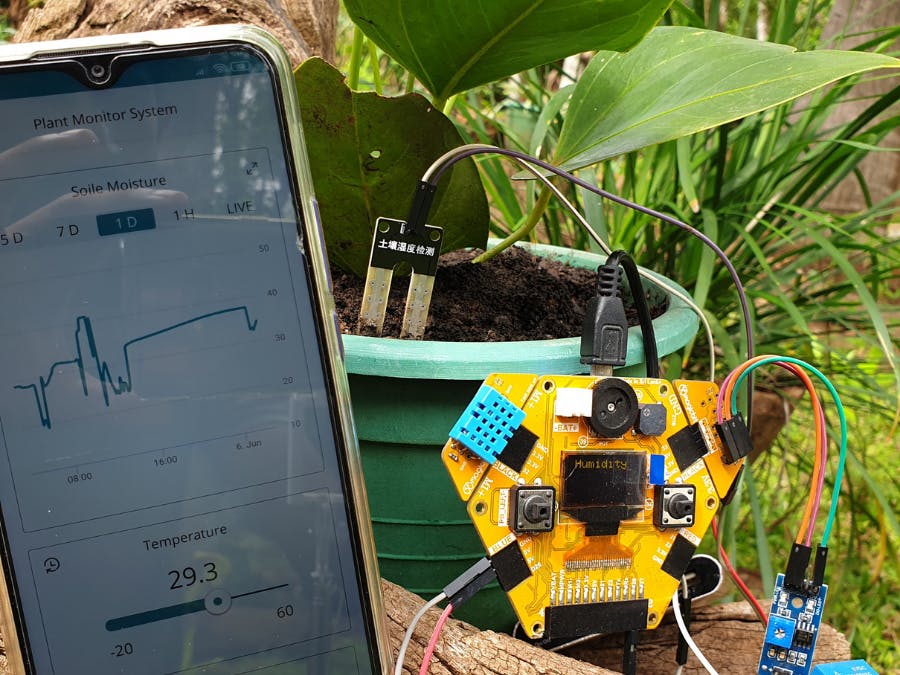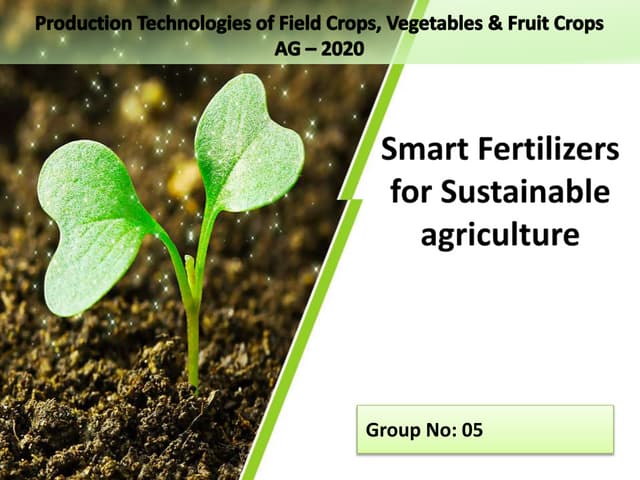
Introduction: The Dawn of Precision Plant Nutrition
The world of agriculture is undergoing a dramatic transformation. Driven by the need to feed a growing global population while simultaneously addressing environmental concerns, farmers are increasingly turning to technology to optimize their practices. At the forefront of this revolution is the implementation of smart plant feeding systems. These sophisticated systems represent a paradigm shift in how we approach plant nutrition, moving away from traditional, often inefficient, methods towards a data-driven, precision-focused approach. This article delves deep into the world of smart plant feeding systems, exploring their benefits, the technologies involved, implementation strategies, and future prospects. We’ll uncover how these systems are not just improving crop yields, but also contributing to a more sustainable and efficient agricultural future.
Understanding the Fundamentals of Plant Nutrition
Before diving into the specifics of smart feeding systems, it’s crucial to understand the basics of plant nutrition. Plants, like humans, require a balanced diet to thrive. This diet consists of essential nutrients, broadly categorized into macronutrients (needed in large quantities) and micronutrients (needed in smaller quantities). Macronutrients include nitrogen (N), phosphorus (P), and potassium (K), often referred to as NPK, along with calcium (Ca), magnesium (Mg), and sulfur (S). Micronutrients, such as iron (Fe), manganese (Mn), zinc (Zn), copper (Cu), boron (B), and molybdenum (Mo), are equally vital, even though required in trace amounts. These nutrients play crucial roles in various plant processes, from photosynthesis and growth to disease resistance.
Traditional fertilization methods often involve broadcasting fertilizers across the entire field. This approach, while seemingly simple, suffers from several drawbacks. It can lead to nutrient runoff, polluting waterways and harming the environment. It can also result in over-fertilization in some areas and under-fertilization in others, leading to uneven crop growth and reduced yields. Furthermore, traditional methods often lack the precision to account for the specific needs of different plant varieties, soil conditions, and environmental factors.
The Evolution of Smart Plant Feeding Systems
The concept of precision agriculture has paved the way for smart plant feeding systems. These systems leverage various technologies to deliver the right nutrients, in the right amounts, at the right time, and in the right place. This approach is a significant leap forward from the blanket application of fertilizers. The evolution of these systems has been driven by advancements in several key areas:
- Sensor Technology: Sophisticated sensors are now capable of monitoring a wide range of parameters, including soil moisture, nutrient levels, pH, temperature, and even plant health indicators. These sensors provide real-time data, enabling farmers to make informed decisions about fertilization.
- Data Analytics: The vast amounts of data generated by sensors are useless without effective analysis. Data analytics tools, including machine learning algorithms, are used to identify patterns, predict nutrient deficiencies, and optimize fertilizer application.
- Automation and Control Systems: Automated systems, such as drip irrigation and fertigation (fertilizer application through irrigation), allow for precise and targeted delivery of nutrients. These systems can be controlled remotely via computers or mobile devices.
- Communication Technologies: Wireless communication technologies, such as the Internet of Things (IoT), enable seamless data transfer between sensors, control systems, and farm management platforms.
These technological advancements have converged to create smart plant feeding systems that are more efficient, sustainable, and cost-effective than traditional methods.
Key Components of Smart Plant Feeding Systems
A typical smart plant feeding system comprises several key components working in concert:
- Sensors: As mentioned earlier, sensors are the eyes and ears of the system. They come in various forms, including soil sensors, leaf sensors, and weather stations. Soil sensors measure moisture, nutrient levels, and other soil properties. Leaf sensors, such as those using hyperspectral imaging, can detect signs of nutrient deficiencies or diseases. Weather stations provide data on temperature, humidity, rainfall, and solar radiation, all of which influence plant nutrient uptake.
- Data Acquisition and Processing Units: These units collect data from the sensors, process it, and transmit it to the control system. They often include microcontrollers or embedded computers.
- Control Systems: The control system is the brain of the operation. It receives data from the sensors, analyzes it, and then controls the irrigation and fertilization equipment. This can involve adjusting the flow rate of water and fertilizer, switching between different fertilizer solutions, or activating specific irrigation zones.
- Irrigation and Fertigation Equipment: This includes drip irrigation systems, sprinklers, and fertilizer injectors. Drip irrigation is particularly well-suited for smart feeding systems as it delivers water and nutrients directly to the plant roots, minimizing waste and maximizing efficiency.
- Software and User Interface: Software platforms provide a user-friendly interface for monitoring data, controlling the system, and analyzing performance. They often include dashboards, reporting tools, and decision support systems.
The integration of these components creates a comprehensive system that allows farmers to manage plant nutrition with unprecedented precision.
Benefits of Implementing Smart Plant Feeding Systems
The adoption of smart plant feeding systems offers a multitude of benefits for farmers, the environment, and the agricultural industry as a whole:
- Increased Crop Yields: By providing plants with the optimal amount of nutrients at the right time, smart systems can significantly boost crop yields. This is because plants are able to grow more vigorously and are less susceptible to nutrient deficiencies.
- Improved Crop Quality: Optimized nutrient management can lead to higher-quality crops with better taste, appearance, and nutritional value.
- Reduced Fertilizer Costs: Smart systems minimize fertilizer waste by applying nutrients only where and when they are needed. This can result in significant cost savings for farmers.
- Enhanced Water Efficiency: Drip irrigation, often used in conjunction with smart feeding systems, delivers water directly to the plant roots, reducing water loss through evaporation and runoff. This is especially important in water-scarce regions.
- Environmental Protection: By reducing fertilizer runoff and leaching, smart systems help protect waterways from pollution. They also contribute to a reduction in greenhouse gas emissions associated with fertilizer production and application.
- Reduced Labor Costs: Automation reduces the need for manual labor, such as the application of fertilizers, freeing up farmers to focus on other aspects of their operations.
- Data-Driven Decision Making: The data generated by smart systems provides farmers with valuable insights into their crops and soil conditions. This data can be used to make more informed decisions about fertilization, irrigation, and other management practices.
These benefits make smart plant feeding systems a compelling investment for farmers looking to improve their profitability and sustainability.
Technologies Driving Smart Plant Feeding Systems
Several key technologies are essential for the effective implementation of smart plant feeding systems:
- Soil Sensors: These sensors are the cornerstone of the system, providing real-time data on soil moisture, nutrient levels (such as nitrogen, phosphorus, and potassium), pH, and salinity. Different types of soil sensors include dielectric sensors (for moisture measurement), electrochemical sensors (for nutrient measurement), and optical sensors.
- Plant Sensors: These sensors monitor plant health and nutrient status. They can include leaf sensors that measure chlorophyll content (an indicator of nitrogen levels) or sensors that use spectral analysis to detect nutrient deficiencies or diseases.
- Weather Stations: These stations collect data on temperature, humidity, rainfall, solar radiation, and wind speed. This information is used to optimize irrigation and fertilization schedules.
- GPS and GIS: Global Positioning System (GPS) and Geographic Information System (GIS) technologies are used for mapping fields, creating variable rate application maps, and tracking the location of equipment.
- Drones and Remote Sensing: Drones equipped with multispectral or hyperspectral cameras can be used to monitor crop health over large areas. This data can be used to identify areas with nutrient deficiencies or other problems.
- Data Analytics and Machine Learning: These tools are used to analyze the vast amounts of data generated by sensors and other sources. Machine learning algorithms can be trained to predict nutrient deficiencies, optimize fertilizer application rates, and provide other insights.
- Internet of Things (IoT): IoT technology enables seamless communication between sensors, control systems, and farm management platforms. This allows for remote monitoring and control of the system.
The continuous advancement of these technologies is driving the evolution of smart plant feeding systems, making them more accurate, efficient, and accessible.
Implementing a Smart Plant Feeding System: A Step-by-Step Guide
Implementing a smart plant feeding system requires careful planning and execution. Here’s a step-by-step guide to help you through the process:
- Assess Your Needs: Before you begin, assess your specific needs and goals. Consider the size of your farm, the types of crops you grow, your soil conditions, and your budget. Determine what problems you are trying to solve (e.g., low yields, high fertilizer costs, environmental concerns).
- Choose the Right System: Research different smart plant feeding systems and choose one that meets your needs. Consider factors such as sensor accuracy, data analytics capabilities, ease of use, and compatibility with your existing equipment.
- Conduct a Soil and Plant Analysis: Before installing the system, conduct a thorough soil and plant analysis to determine your baseline nutrient levels and identify any existing deficiencies. This information will be used to calibrate the system and develop a fertilization plan.
- Install the System: Install the sensors, control system, irrigation equipment, and other components according to the manufacturer’s instructions. Ensure that the system is properly calibrated and tested.
- Develop a Fertilization Plan: Based on the soil and plant analysis, develop a fertilization plan that specifies the types and amounts of fertilizers to be used, the timing of application, and the frequency of irrigation.
- Monitor and Adjust: Regularly monitor the data from the sensors and make adjustments to the fertilization and irrigation schedules as needed. This may involve adjusting the fertilizer application rates, changing the irrigation frequency, or switching between different fertilizer solutions.
- Train Your Staff: Train your staff on how to use the system, interpret the data, and make adjustments.
- Evaluate and Optimize: Regularly evaluate the performance of the system and make adjustments to optimize its efficiency and effectiveness. This may involve fine-tuning the fertilization plan, upgrading the sensors, or improving the data analysis capabilities.
By following these steps, you can successfully implement a smart plant feeding system and reap its many benefits.
Case Studies: Real-World Examples of Success
Real-world examples showcase the transformative impact of smart plant feeding systems. Let’s look at a couple of case studies:
- Case Study 1: Tomato Farming in California: A large tomato farm in California implemented a smart irrigation and fertigation system. They used soil moisture sensors and weather data to precisely control irrigation and nutrient delivery. The results were remarkable: a 15% increase in yield, a 20% reduction in water usage, and a significant decrease in fertilizer costs. The farm also reported improved crop quality, with tomatoes exhibiting better color and flavor.
- Case Study 2: Corn Production in Iowa: A corn farmer in Iowa adopted a system that used GPS-guided variable rate fertilizer application. The system analyzed soil maps and yield data to create a prescription map for fertilizer application. This allowed the farmer to apply the right amount of fertilizer to each part of the field, based on its specific needs. The result was a 10% increase in yield and a 12% reduction in fertilizer use. This also reduced the environmental impact, as less fertilizer runoff occurred.
These case studies demonstrate the tangible benefits of smart plant feeding systems across different crops and regions.
Challenges and Considerations
While smart plant feeding systems offer numerous advantages, there are also some challenges and considerations to be aware of:
- Initial Investment Costs: Implementing a smart plant feeding system can involve a significant initial investment in equipment, software, and installation.
- Technical Expertise: Operating and maintaining these systems requires some technical expertise, including knowledge of sensors, data analysis, and control systems.
- Data Management: Managing the vast amounts of data generated by these systems can be challenging. Farmers need to have the skills and resources to store, analyze, and interpret the data.
- Connectivity Issues: In some rural areas, reliable internet connectivity can be a challenge, which can limit the functionality of the system.
- Sensor Calibration and Maintenance: Sensors require regular calibration and maintenance to ensure accuracy.
- Compatibility Issues: Compatibility issues can arise between different components of the system. It is important to ensure that all components work seamlessly together.
- Data Security: Protecting the data generated by the system from cyberattacks is crucial.
Overcoming these challenges requires careful planning, investment in training, and a commitment to continuous improvement. However, the potential benefits often outweigh the challenges.
The Future of Smart Plant Feeding Systems
The future of smart plant feeding systems is bright, with several exciting developments on the horizon:
- Artificial Intelligence (AI): AI and machine learning will play an increasingly important role in optimizing fertilization and irrigation schedules. AI algorithms will be able to analyze vast amounts of data to identify patterns, predict nutrient deficiencies, and provide real-time recommendations.
- Robotics and Automation: Robots will be used for tasks such as sensor deployment, data collection, and fertilizer application. Automated systems will become even more sophisticated and efficient.
- Precision Nutrient Delivery: New technologies will be developed to deliver nutrients directly to the plant roots, minimizing waste and maximizing efficiency.
- Integration with Other Technologies: Smart plant feeding systems will be increasingly integrated with other technologies, such as drones, remote sensing, and farm management platforms.
- Personalized Nutrition: The concept of personalized nutrition will extend to plants, with systems tailored to the specific needs of individual plants or even plant varieties.
- Sustainability Focus: The focus on sustainability will continue to drive innovation, with the development of systems that minimize environmental impact and conserve resources.
These advancements promise to further improve crop yields, reduce costs, and contribute to a more sustainable agricultural future.
Conclusion: Embracing the Precision Agriculture Revolution
Implementing smart plant feeding systems is a significant step towards the future of agriculture. These systems offer a powerful combination of technology, data, and precision, allowing farmers to optimize plant nutrition, improve yields, reduce costs, and protect the environment. While there are challenges to overcome, the benefits are undeniable. As technology continues to advance, smart plant feeding systems will become even more sophisticated, efficient, and accessible. Farmers who embrace this precision agriculture revolution will be well-positioned to thrive in the years to come. The journey towards a more sustainable and productive agricultural future is underway, and smart plant feeding systems are at the forefront of this exciting transformation.


